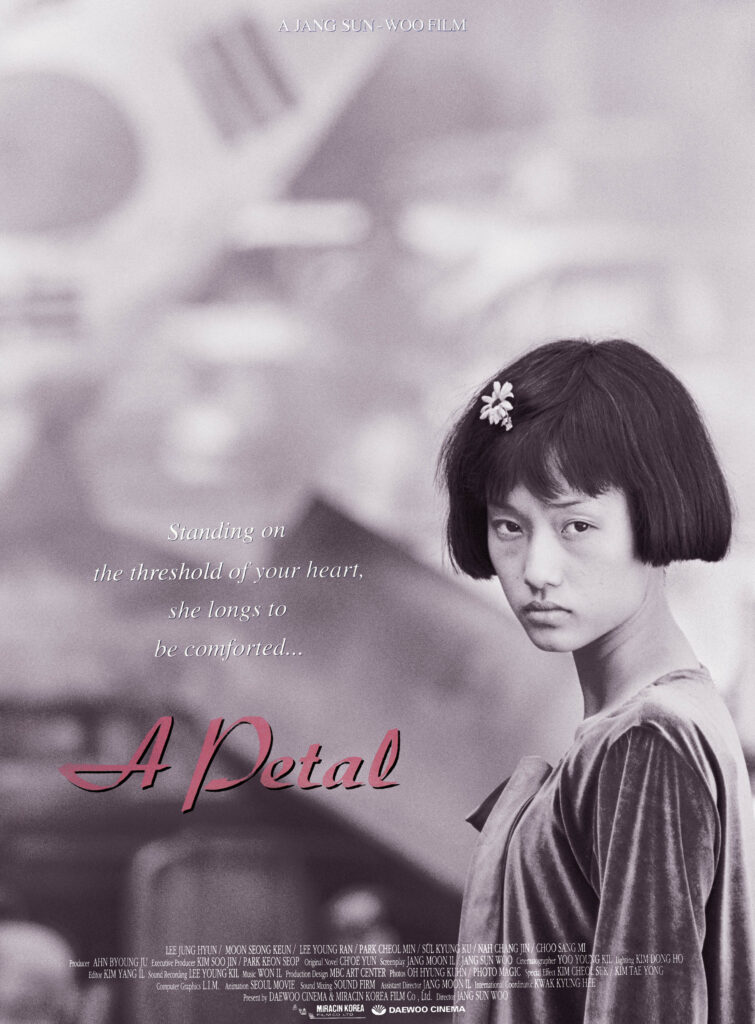* How Gwangju Story Was Realized
On May 18, 1980 a demonstration took place to denounce the dictatorship of the government in Gwangju, a southern part of Korea. The initial attempt was peaceful, however, in spite of the exertion given to bring forth a nonviolent and diplomatic remonstration, the fourth republic regime sent armed forces troops instead of the civil police to suppress the protest, which resulted to coercive resistance of the citizens as induced by the troops’ emergence, and thereby leading it into great disorder and blood-spattered collision. Ten days later, the protest was extinguished, and the government made a public announcement that 294 citizens have been dead or lost in the conflict. And although stories have multiple facets, at the end of the day what matters most is the truth. And the truth is that, most people knew that there were much more lives have died or vanished. 15 years later,  Seon-woo Jang, a director had decided to make a film entitled Petal[i] an adaptation of the Gwangju Democratization Movement. On September 28 of the same year, he recorded on film the scene of Geum-namno[ii] Protest , one of the extremely ruthless rebellions of the movement. Approximately more than 3000 citizens have gathered and joined voluntarily to reenact the Geum–namno Protest as they recognized the significance of the film in the context of history – it is like history coming into life. More than 100 actors were instructed by Jang to act among the citizens to produce a realistic reenactment. Paradoxically, the Kim Young-sam regime, the Seventh Republic, sent hundreds of policemen surrounding the location of the film as they are bothered that another revolt may result from the assembly of the large group of people.
Seon-woo Jang, a director had decided to make a film entitled Petal[i] an adaptation of the Gwangju Democratization Movement. On September 28 of the same year, he recorded on film the scene of Geum-namno[ii] Protest , one of the extremely ruthless rebellions of the movement. Approximately more than 3000 citizens have gathered and joined voluntarily to reenact the Geum–namno Protest as they recognized the significance of the film in the context of history – it is like history coming into life. More than 100 actors were instructed by Jang to act among the citizens to produce a realistic reenactment. Paradoxically, the Kim Young-sam regime, the Seventh Republic, sent hundreds of policemen surrounding the location of the film as they are bothered that another revolt may result from the assembly of the large group of people.
The photographs of Gwangju Story were mostly taken from the Geum–namno scene. As explained earlier, the figures on the photographs were a mixture of Kwangju citizens, professional actors, real policemen and military soldiers. I was intrigued by the unexpected chemistry that was conjured by the fabrication of film and reality of photo. I seemed to be attracted by the absurdity of people in the conflicting interaction between socially solemn truth of ‘May 18 Gwangju Protest’ and a lighthearted fabricating attempt to make it a film. Therefore, this project was neither about ‘May 18 Gwangju Protest’, nor about the film Petal. Rather it is concerned with my attempt to incorporate a social truth that was entangled in the twist brought by fabrication. However, if I have felt truth in the photographs I have taken, it must have been photographic truth.
[i]Petal is a film that depicts the metaphor of the political situation in the May 18 Kwangju Democratization Movement through the stories of a girl named Petal, who had mental disorder after losing her mother in the turmoil of the historical event, and of a man who took her as a sexual slave. The film was released in 1995, and directed by Seon-woo Jang.
[ii] Geum-nam ro : One of the biggest road located in the center of Gwangju. The most extreme rebellion of ‘May 18 Gwangju Democratization Movement’ occurred in this road.
© 1989-2024 HEINKUHN OH